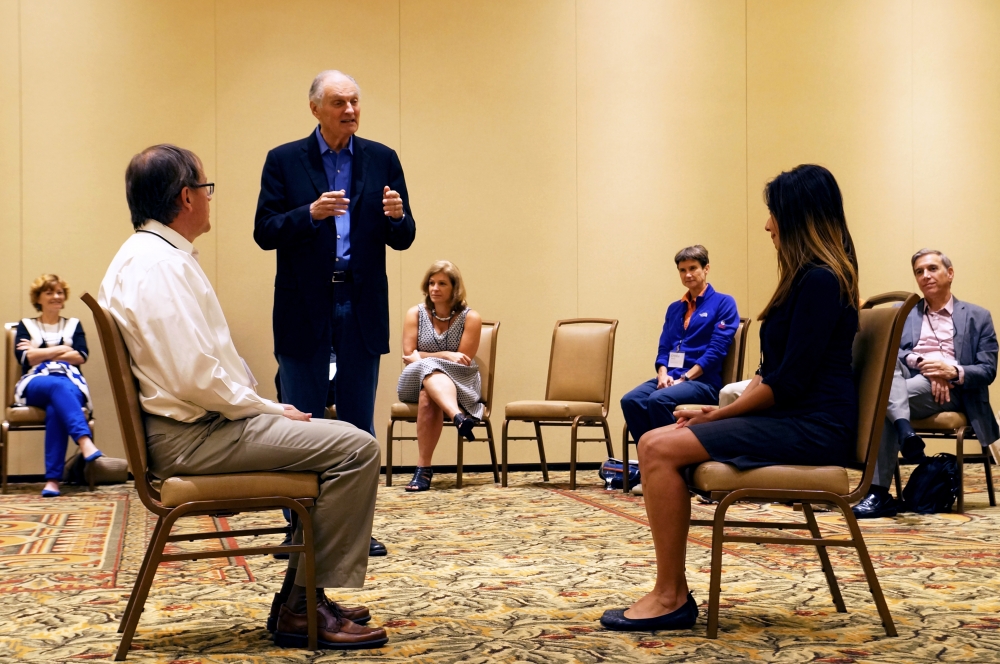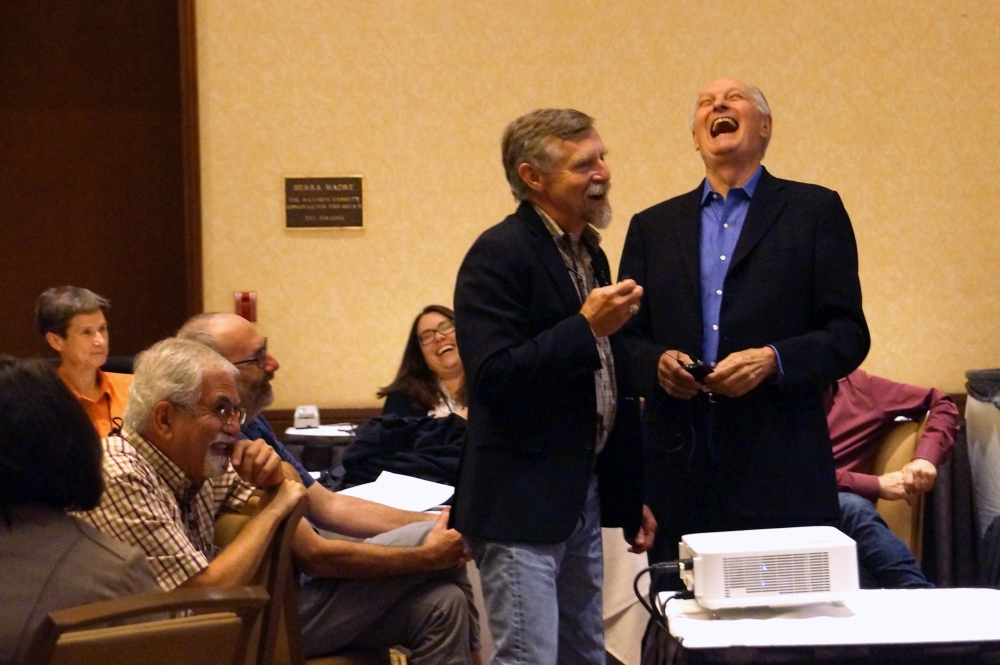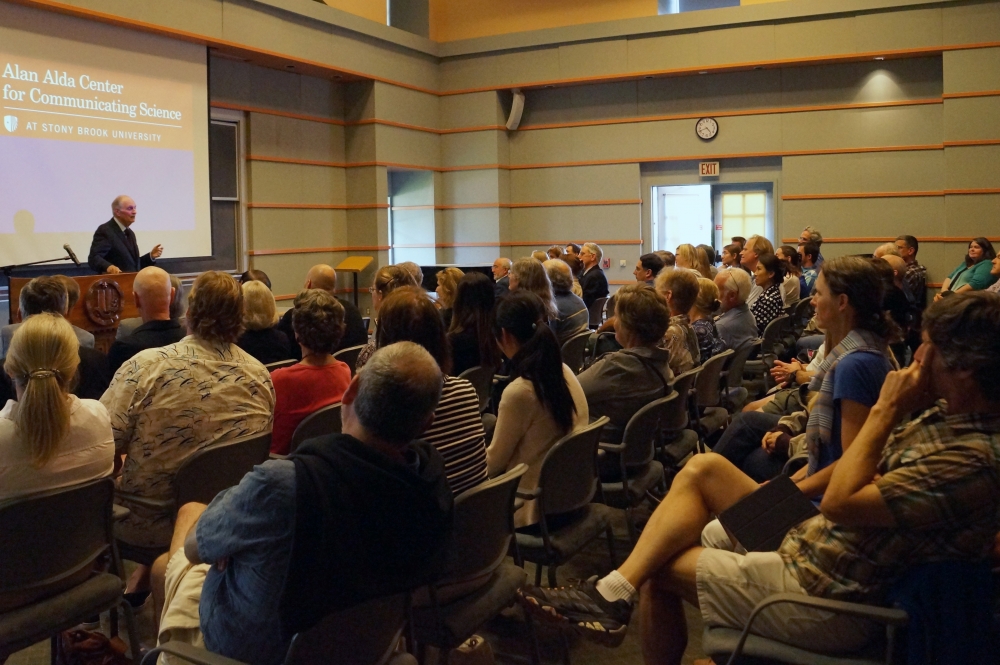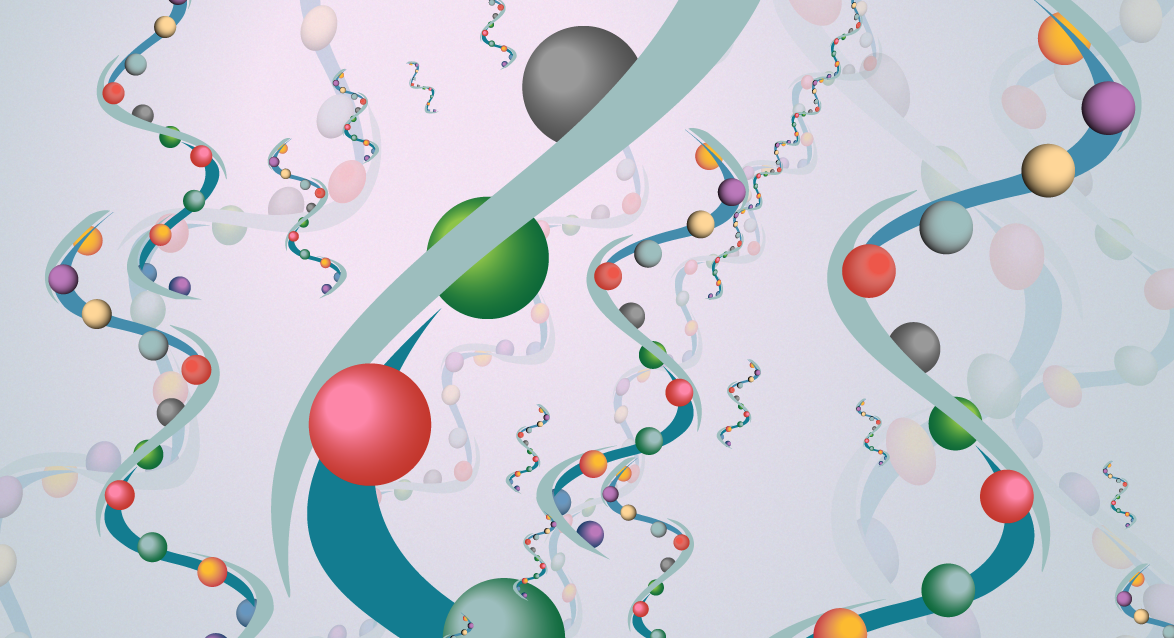Making a Connection



Communicating science doesn’t have to be dull, dry or incomprehensible. Just ask Alan Alda.
As host of the PBS documentary program “Scientific American Frontiers,” Alda interviewed hundreds of scientists and discovered that many have compelling stories but have difficulty sharing them in a clear, concise way.
Looking to improv theater as a way for scientists to hone their communication skills, Alda created Improv for Scientists, an initiative of the Alan Alda Center for Communicating Science at Stony Brook University in New York.
The well-known actor, director and writer brought Improv for Scientists to UC Santa Barbara, where he taught improv techniques to researchers as part of the three-day Alda Kavli Leadership Program.
“The main goal of getting scientists to improvise is not to turn them into comedians or actors; it’s quite different,” said Alda. “It’s to develop a relationship with the people that they’re trying to communicate with, because the kind of improvising we teach is really something that brings out the relating between you and the other player.
Designed to elicit spontaneity, the improv exercises and games build on each other with the goal of helping researchers connect with their audiences. The techniques help them learn to read and respond to cues such as tone of voice and body language.
“When you get that connection, then something happens to your voice; you see the other person’s face,” Alda added. “You can see whether or not they’re getting what you’re saying. They hear you in a different way because your voice changes. You get more intimate, more personal. You use language that they understand because you’re taking into account who they are. It’s really the old idea of knowing your audience, but it’s knowing your audience right now — in the moment — and not just in general.”
More than two-dozen faculty members participated in the improv exercises, which at one point had them dividing into pairs with each one mirroring his or her partner’s movements in synchronization. The exercise was repeated using speech, with one person speaking slowly enough for the other to say the same words at the same time. Mirroring, Alda said, is a means of “getting into the mind of the other person.”
“Give yourself over to it,” he told the researchers. “Use your imaginations. It’s not woo woo stuff; it’s real and it helps how our brains connect to our bodies.”
In another exercise, Alda held up a blank piece of paper and in vivid detail described the photograph it represented. It was Alda, age 10, with his parents. He and his father are looking directly at the camera, Alda explained, but his mother’s gaze is unfocused. The photograph, he noted, marked the moment he first became aware of her serious mental illness (schizophrenia) and of the fact that for all intents and purposes he didn’t really have a mother. Though the paper was completely blank, Alda’s words created a clear picture for his audience.
Then he directed the participants to break into groups and try it themselves.
“I’ve never experienced anything like the improv session with Alan Alda,” said Trish Holden, a professor in the Bren School of Environmental Science & Management. “I really liked the intimacy of it. I liked the way we interacted with each other like we never would necessarily on campus. It was very intimate. I’m interested to see whether or not it leads to the kind of transformative ability that we’ve been talking about.”
As part of his visit to campus, Alda also delivered a presentation, “Getting Beyond a Blind Date with Science,” at the Kavli Institute for Theoretical Physics. He exhorted the audience to get out of blind-date mode and into a loving relationship with science.
He recalled the first time he heard “an amazing bit of scientific communication,” while he was in Chile doing a program about astrophysics for “Scientific American Frontiers.”
The film crew was at the top of an 8,000-foot mountain. Alda recalled sitting on a blue vinyl bench waiting to interview astronomers in the next room when he felt a tickle in his gut that eventually escalated to excruciating pain. He was driven more than an hour down the mountain to a clinic where the doctor knew almost immediately what was wrong with him.
“I remember so clearly,” Alda said. “He leaned down in my face and I could see his eyes behind his rimless glasses and he looked in my eyes to make sure I was getting what he was saying. He said, ‘Here’s what’s happened. Some of your intestine has gone bad and we have to cut out the bad part and sew the two good ends together.’ And I said, ‘Oh, you’re going to do an end-to-end anastomosis.’ He said, ‘How do you know that?’ ‘I did many of them on M*A*S*H.’”
Alda is the embodiment of the message he delivers: He is genuine and authentic. “When the real you comes out, it’s very attractive and makes us want to connect,” he said.
Laura Lindenfeld, director of the Alan Alda Center for Communicating Science, reinforced that message as she told researchers that communication is a collaborative endeavor.
“Bring a real person to the table,” she said. “Create a shared reality and relate to your audience as people. The responsibility is on you as scientists to paint the right picture.”
Lindenfeld discussed the “curse of knowledge” — the inability to ignore the knowledge you have that others do not. Other advice she shared: get to the point early; avoid jargon; draw comparisons to paint a vivid picture; and use stories.
“It’s important to tell stories,” Alda said. “We respond to stories and science is one of the greatest stories that humans have lived through. Communication is not something extra you add on to science. It is the essence of science.”



